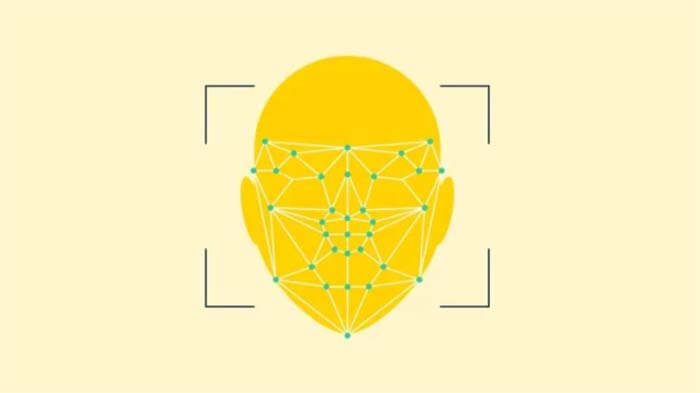What is face recognition algorithm?
The face recognition algorithm means that after a face is detected and key facial feature points are located, the main face areas can be cropped out, pre-processed, and fed into the back-end recognition algorithm.
The face recognition algorithm has to complete the extraction of facial features and compare them with the known faces in the inventory to complete the final classification. There are three classical face recognition algorithms, let’s see what they are exactly.

Three classical face recognition algorithms
The classic face recognition algorithm 1. Eigenface method
Eigenface technology is a recently developed method for face or general rigid body recognition and other face processing. The use of eigenfaces for face recognition was first proposed by Sirovich and Kirby (1987) (“Low-dimensional procedure for the characterization of human faces”) and used by Matthew Turk and Alex Pentland for Eigenfaces for recognition”).
A batch of face images is first converted into a set of feature vectors, called “Eigenfaces”, which are the basic components of the initial training image set.
The recognition process involves projecting a new image into the eigenface subspace and determining and recognizing it by the position of its projection points in the subspace and the length of the projection lines.
After transforming the image to another space, images of the same category will be clustered together, and images of different categories will be clustered further away. It is difficult to cut the images of different categories in the original pixel space in terms of distribution with simple lines or faces, and transforming them into another space can separate them well.
The spatial transformation method chosen by Eigenfaces is PCA (Principal Component Analysis), which is used to obtain the main components of the face distribution, and is implemented by decomposing the covariance matrix of all face images in the training set to obtain the corresponding eigenvectors, which are the “eigenfaces”.
Each eigenvector or eigenface is equivalent to capturing or describing a variation or characteristic among faces. This means that each face can be represented as a linear combination of these eigenfaces.
The classic face recognition algorithm 2. Local Binary Patterns (LBP)
Local binary patterns (LBP) is a visual operator used for classification in the field of computer vision.LBP, an operator used to describe texture features of images, was proposed by T. Ojala et al. of the University of Oulu, Finland, in 1996 (“A comparative study of texture measures with classification based on featured distributions”).
In 2002, T. Ojala et al. published another paper on LBP in PAMI (“Multiresolution gray-scale and rotation invariant texture classification with local binary patterns”).
This paper very clearly illustrates the improved LBP features of multiresolution, gray-scale invariant and rotation invariant, and equivalence patterns.
The core idea of LBP is that the grayscale value of the central pixel is used as a threshold and compared with its domain to obtain the corresponding binary code to represent the local texture features.
The significant advantage of the LBP method is that it is insensitive to illumination but still does not solve the problem of pose and expression. However, the recognition rate of LBP has been greatly improved compared to the feature face method.
The classic face recognition algorithm 3. Fisher face algorithm
Linear discriminant analysis, which considers category information while reducing dimensionality, was invented by statistician Sir R. A. Fisher in 1936 (“The use of multiple measurements in taxonomic problems”).
In order to find a way to combine features in a way that achieves maximum interclass dispersion and minimum intraclass dispersion.
The idea is simple: in a low-dimensional representation, identical classes should be clustered tightly together, while different classes are as far apart as possible.
In 1997, Belhumer successfully applied the Fisher discriminant criterion to face classification and proposed the Fisherface method based on linear discriminant analysis (“Eigenfaces vs. fisher faces: Recognition using class specific linear projection”).
Besides the What are the 3 Classic Face Recognition Algorithms article, you may also be interested in the below articles.
What Is The Core 5G NR Technology?




